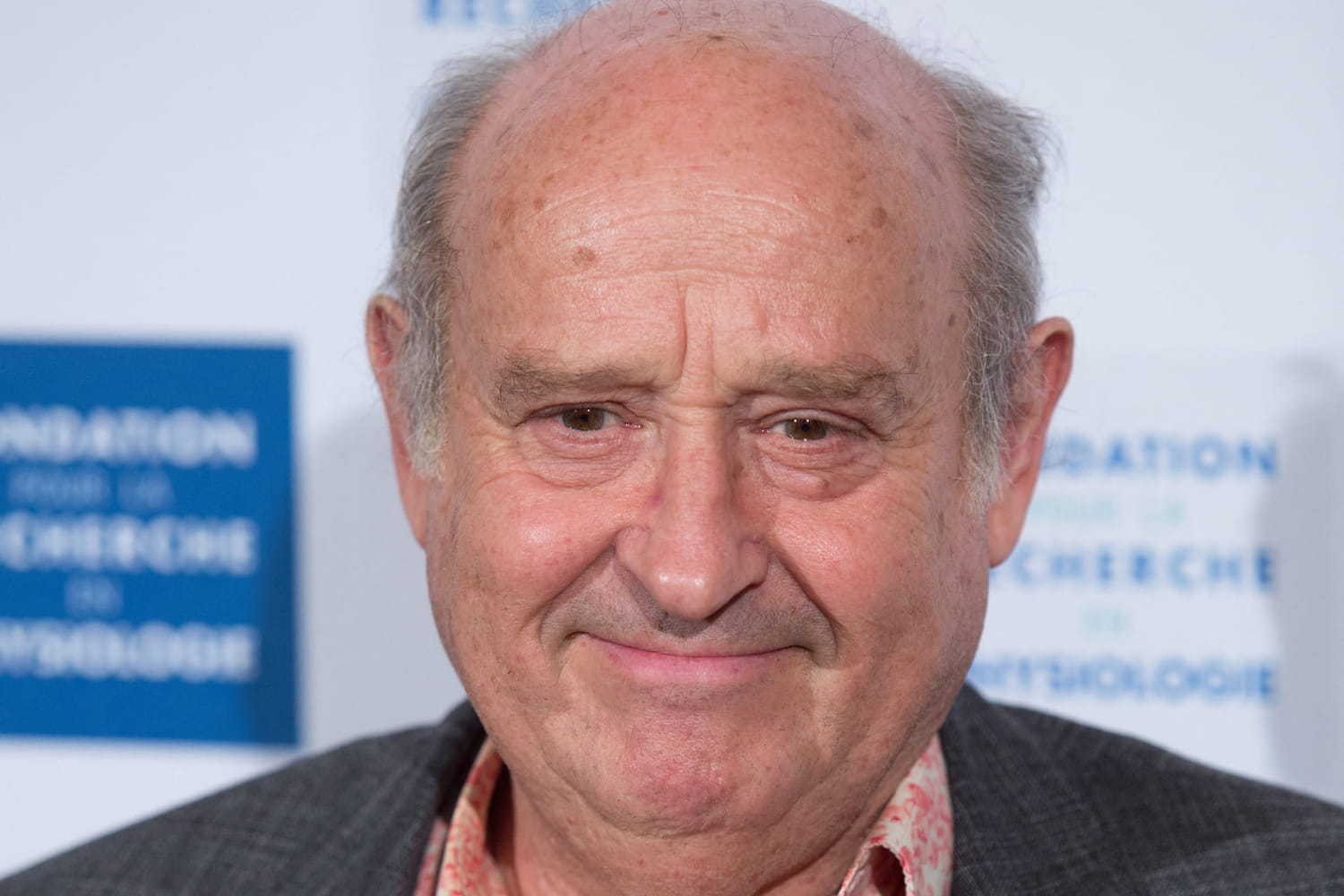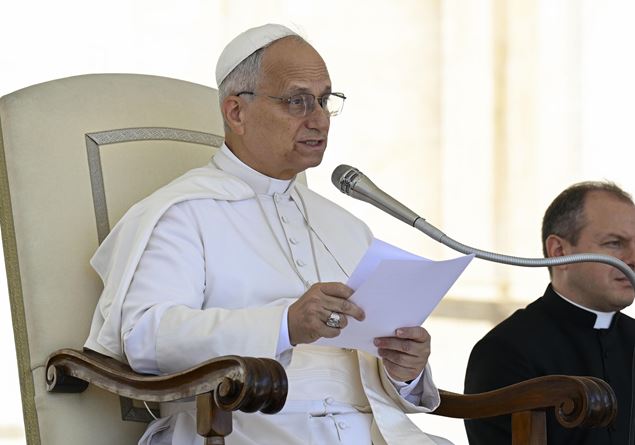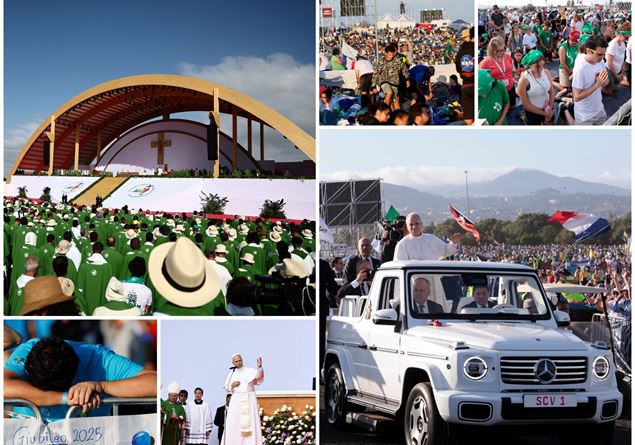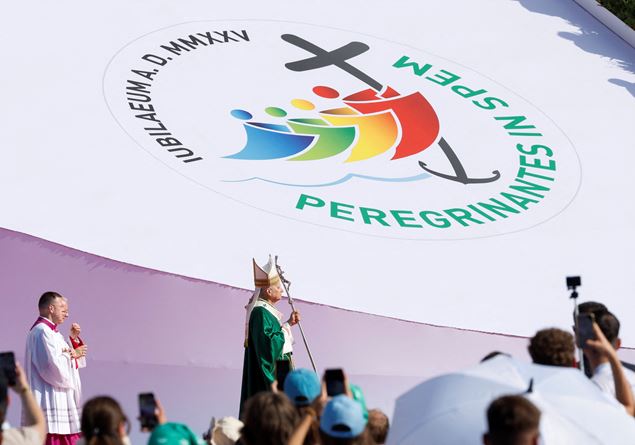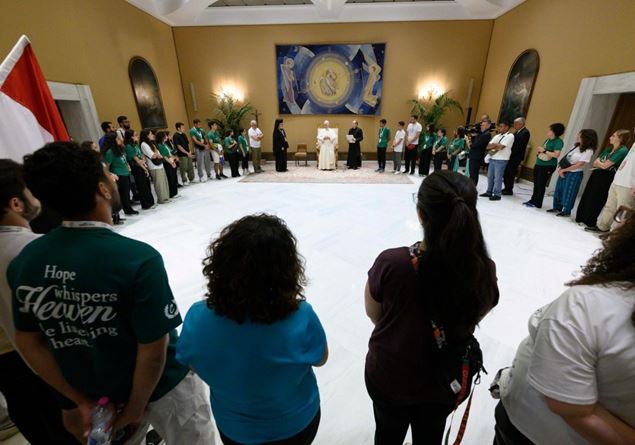Family centers they are one of the most important strategic tools of the new National Plan of the family 2025-2027recently approved and spread by the Minister Eugenia Roccellastarting from experiences and a name (center for the family) which is now over twenty years of history, in different regions – for example in Piedmont, Emilia Romagna and Lombardy. Lombardy Region in particular has dedicated an important conference to its territorial experiences, on May 15, The Family Centers, the hub of policies for and with families thus celebrating the International Day of the UN Familynow in its thirty -first edition. The conference was an opportunity to take stock of a regional experimentation started since 2019, and to account for a project now widely spread in over 450 locations.
Certainly in the coming months family policies will deal with this new way of intervention, at all levels of the public administration: nationally The plan attributes specific tasks, economic resources and some method indications for a diffusion throughout the national territory; at the regional level Some regions will finally be able to start this new way of intervention (still present only in a few regions), defining programmers, times and organizational models; locally, Finally, the individual municipalities-or networks of municipalities, for example in mountain areas or where the municipalities are already consortium-will be able to generate local collaboration networks with the third sector, family associations, consultants, other specialist social and health services. The basic idea is to build or strengthen, for all actions in support of the family, a place that acts as a local hub (it is called HUB – pin, wheel hub -, which also interacts with several spoke – rays of the same wheel).
Precisely for this potential new innovative centrality we allow ourselves here to report, without pretense of exhaustiveness, some points of attention (partly already emerged, however, also in the Lombard conference), necessary to ensure that the actions of the family centers are truly capable of promoting and supporting the protagonism and subjectivity of the family as a resource and active subject, rather than proposing itself as yet another service that offers assistance – even in new ways – to a family reduced only to its fragility and difficulties.
FIRST The centers and their operators must adopt, in direct relationships with families, a non -board listening skills (in the logic ofEmpowerment), to build together with the families themselves personalized paths, selecting the priorities together with the recipients, and not building a growing package of new performance/professional interventions. Often an excellent service is what “leaves space”, such as a group of self-mutual help between parents, instead of a path of psychological support.
Secondly – therefore – the centers must build the design, management and evaluation of their interventions in a participatory and subsidiary way, together with all the subjects present in the area. This will constitute an important discrimination, because different experiences (not only Lombard) already see an exclusive protagonism of public bodies, which risks generating a “offer place”, rather than a “families” space, that is, inhabited by families, in which “they feel at home”.
THIRDLY The construction of a family center within a territory where multiple specialist services already operate has to do with Two keywords in work with families: prevention and orientation. In other words, these are a “low threshold” listening space, to intercept early inconveniences or difficulties, before they become more serious, and possibly direct people and families with more specific and complex needs to the other garrison of the territory, with more specialist skills. The Center would thus offer support in orienting itself in a forest and principals, where families often get lost.
A fourth element It concerns the methods of financing and design of the centers (especially in the Lombard case): so far the centers have had annual financing certainties, which makes it difficult for a programming at least medium -term, which instead is what families are absolutely needed. Probably at least three-year programming would be essential, with related funding (2025-2027, in parallel with that of the national plan), In order to allow the stabilization of experimental interventions for a reasonable period, within which families do not risk being left alone, halfway through the ford, “because the project’s money ended” …
In the conference, the Lombard experience already appears quite aware of these points of attention, but much can still be developed (for example with respect to the evaluation of the real effectiveness of the actions on families – “Family impact”). Also at national level, the plan proposes a new challenge, which must be carefully monitored, at least on two guidelines: in its ability to return protagonism to families, and in remedying the territorial differences between the various regions.
